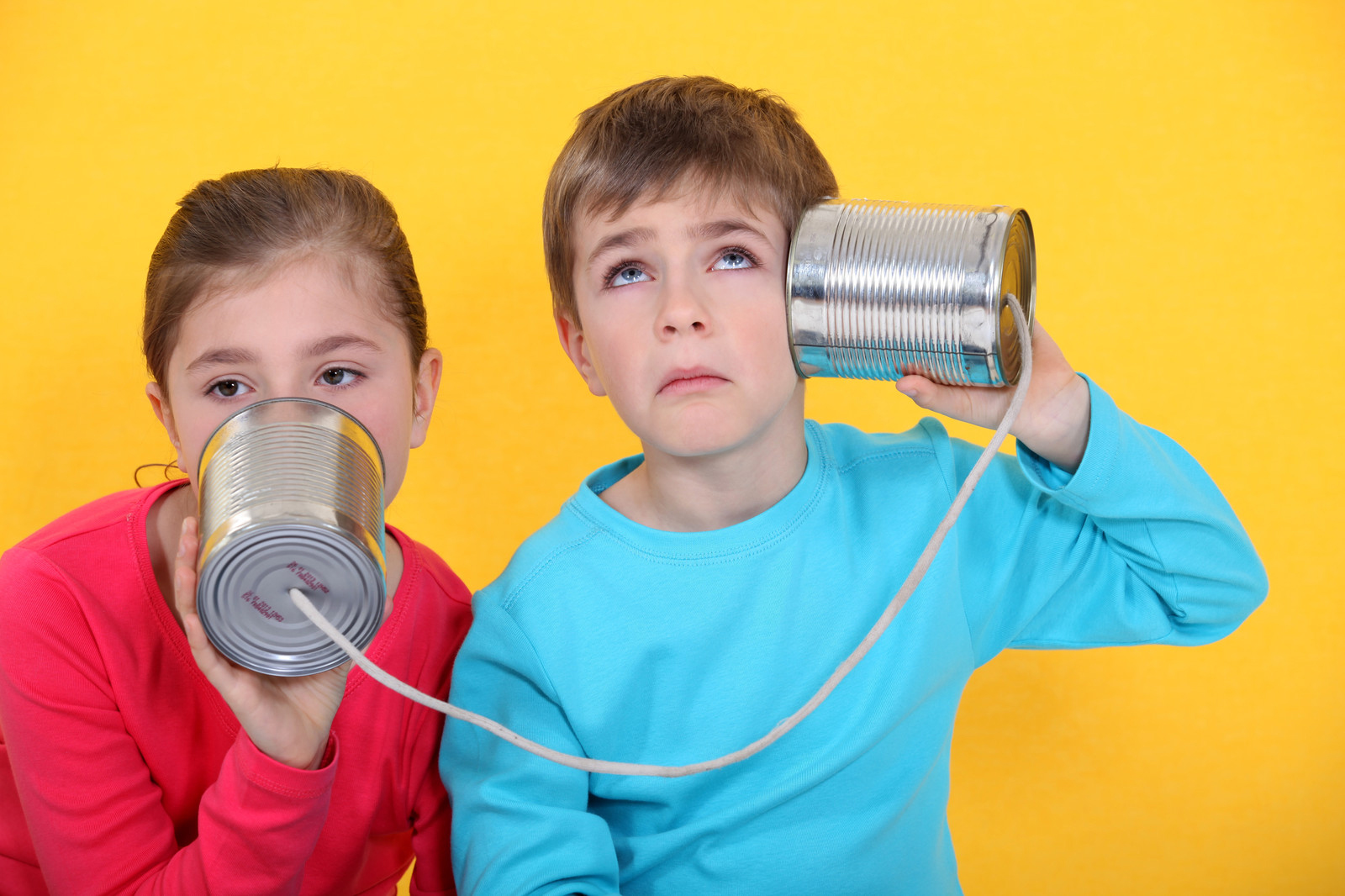Bringing speech therapy to the home via teletherapy for children with autism spectrum disorder (ASD) is an excellent option to help the children develop their communication skills since most of their communication development occurs at home. Parents and caregivers are the primary facilitators of speech development for children, and their collaboration with a speech therapist produces optimal results because the child spends most of their time with the family and the training continues on an as-needed basis.
Speech-language pathologists can better guide parents with the appropriate activities to develop their children’s communication skills at home from early childhood to young adulthood.
The Role of a Speech Therapist at Home:
Parents are usually very busy, and getting to and from the center can be challenging. Total Speech Therapy, on the other hand, brings the necessary therapy to the patient’s home via teletherapy. Second, the child feels more comfortable at home and accepts treatment more easily. Finally, the parents become involved in the training process and carry on with the activities between therapy sessions. Using speech strategies at home during caregiving, playing, and other regular activities helps generalize what the child is learning in treatment.
Speech therapy does not require you to force your child to sit and learn; however, it requires a lot of time and patience on the part of the parents. When children perform activities such as playing, eating, walking, and bathing, it is an excellent opportunity to work on their communication, learning, and memory. Eventually, parents or caregivers can incorporate the therapy into more challenging tasks as the child progresses.
Speech Therapy Activities for Children with Autism Spectrum Disorders:
The more you communicate with the child, the better the outcome. Begin with short communication sessions with the child and gradually increase their length, which can be accomplished by slowly introducing new routines and activities for the child throughout the day.
Each child’s speech therapy needs are unique. So, a speech-language therapist can develop a personalized training strategy and activities based on a family’s priorities and a child’s functional requirements.
Training at home allows parents and caregivers to learn how to best use daily activities as learning opportunities. However, communication strategies differ for children of different ages. Here are some tips to help you understand other methods:
#1. Speech Therapy for Children Aged 0 to 3 Years (Infants and Toddlers)
The first thing parents can do for their children with autism is to encourage engagement and interaction rather than speech.
Parents should focus as much as possible on engagement, meaningful play, gestures, and interaction for infants and toddlers. Parents should be more animated while performing household tasks such as dressing, bathing, feeding, and playing with their children. Use animal noises and toys to attract their attention.
#2. Speech Therapy for Children Ages 3-5 (Preschoolers)
Parents and caregivers of preschoolers with autism should start focusing on interactions with their children in places such as the playground, daycare, or preschool.
Use games and role-playing activities to help the child begin meaningful interactions. Make picture cards for example, and encourage the child to match the pictures to the words.
#3. Speech Therapy for Children Age 6 to 12 (School Age)
School-age children can continue interacting with their parents and improve nonverbal communication skills, such as understanding body language and facial expressions.
Use cartoons and drawings to help children express their emotions. During regular home activities, parents should act like their children’s friends and help them understand social skills and behaviors.
The speech-language specialists at Total Speech Therapy can significantly assist families and teachers in implementing various classroom strategies that increase students’ access to the curriculum and minimize the gap between their learning styles, abilities, and academic demands.
#4. Speech Therapy for Children Aged 12 and Up (Adolescents and Young Adults)
Transition planning requires extra effort from parents of adolescents and young adults with ASD. Work with a speech therapist to help them prepare for advanced academic, workplace, and community settings.
Training at home with an experienced speech therapist can result in better results for children of any age group. Total Speech Therapy is an excellent choice if you need a speech therapist in Baltimore or Houston to help improve your child’s communication and social skills. The practice has a team of dedicated, and compassionate professional speech and language therapists who provide therapy in schools, daycare centers, and home daycare centers. Contact Total Speech Therapy to assist you with your speech therapy needs!







Leave a Reply